My sweet spot as a writer seems to be in historical fantasy; it’s the foundation of the Daedalus trilogy, for one, and it’s something I’m working with on another project (as yet undisclosed). I like history for a lot of reasons — in large part because history is often stranger and more interesting than a lot of things I could make up.
Yet in this course of human events, there’s a whole heap of ugly to be found, and it’s often right there with the really good, interesting stuff.
I touched on a bit of ugly briefly in The Daedalus Incident, when a young 18th century Thomas Weatherby had to contend with women persons-of-color in positions of authority and military command. The sight of Shaila Jain and Maria Diaz being in charge and wielding weapons and generally being really darn competent was something he couldn’t immediately believe. Since their 22nd century tech well outmatched his muskets, he went along with them — and only later came to realize they were just as good as any white man he’d served with.
Again, it’s a simple lesson and a brief part of Weatherby’s arc, and Shaila and Diaz faced his anachronistic viewpoint with their very typical no-nonsense approach. Had Weatherby persisted in his views longer than he did, I’m quite certain Shaila would’ve made sure he didn’t make it to The Enceladus Crisis.
Now I’m looking at writing something much more immersive, and in a time/place in which racism, sexism and a whole heap of other -isms are an ingrained part of life and society. There are women and POCs there — by necessity an integral part of the story and by no means mere tokens — and those characters will be facing the biases of the predominant culture.
I have a feeling it’s going to be a challenge.
Characters are, in part, products of their culture and environment. There are varying degrees of attitudes and biases, but today’s conservative views on women and POCs could be seen as liberal and progressive decades or centuries ago. Even the most enlightened white males within the popular culture mere decades ago would use labels and language that would be considered offensive today. And those women and POC characters would have to fight and scratch for every scrap of respect and acceptance they could wring out of their white-male counterparts.
It’s going to be a tightrope walk, I have no doubt. All those characters, whether they’re men or women, white or not, need to be fully fleshed-out characters. That means the white male who holds regressive views can’t be painted with broad strokes as a bad guy because of it, though certainly the women and POC characters can call him out on it. And the women and POC characters can’t suffer nobly all the time, either; sometimes, they’re going to do the wrong thing. But they will suffer because of that popular culture, and I can’t shy away from it.
Cardboard cutouts make for weak characterization, and caricature is going to be even more offensive to the reader than what comes out of certain characters’ mouths. (Yes, that’s the other aspect to all this — my readers are firmly in the 21st century!) So I’m going to try to tackle this head on, and with some nuance. It’s not gonna be easy.
I don’t have answers yet, as I’m still well within the creative process, so this is more of a open post. I’m interested in hearing your thoughts as well, so please feel free to drop some ideas and notions on me in the comments below.
(As a reminder, I moderate comments on here before posting, and I would appreciate a great deal of civility on this topic.)
#SFWApro

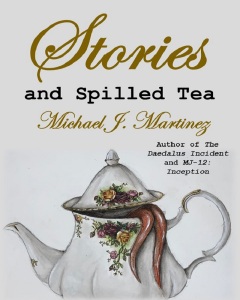


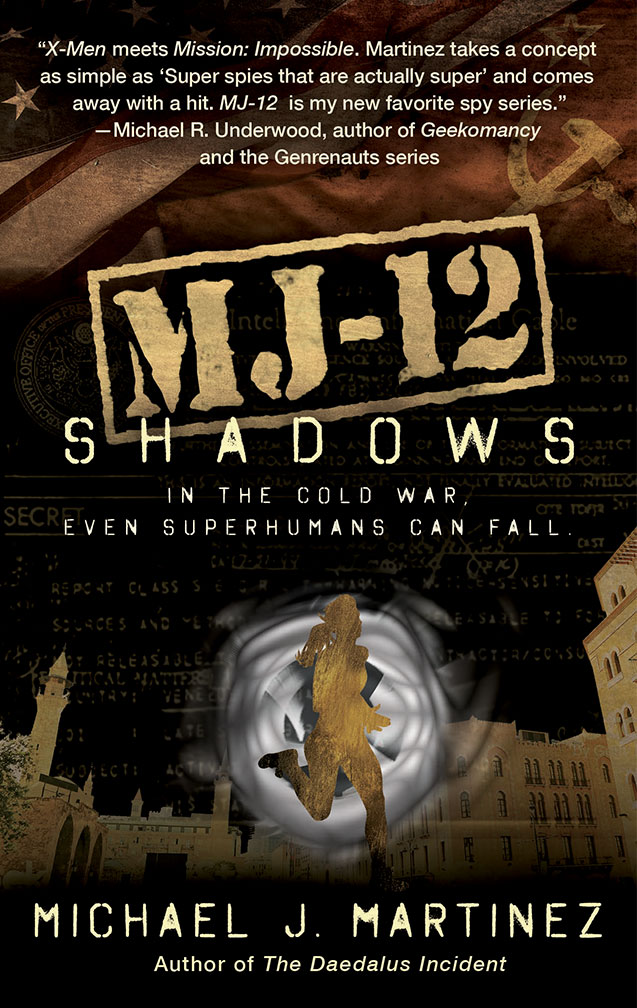

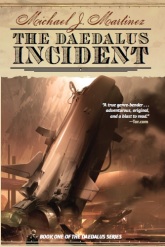
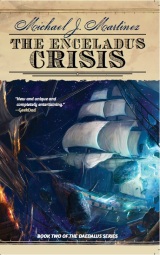
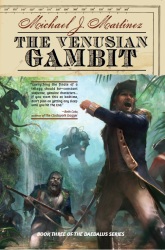
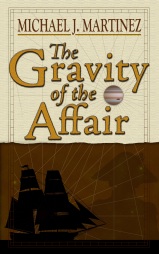

I just had a conversation with my wife about how AGENT CARTER was going to handle roles for people of color. Interesting that you post on similar topics a day later.
Now I’m curious to flip through my ARC and see if and how you handled characters other than Weatherby in regards to this lens, especially in the latter part of the book.
Well, I think Shaila and Diaz were somewhere between amused and pissed off, depending on circumstance. I remember Finch being greatly amused and accepting of it, but he was far more worldly. It was a relatively minor part of the book, really, but it certainly had to be addressed. My new work will have a much more head-on approach.
If you haven’t read Mary Robinette Kowal’s blog on her handling of similar issues, I’d recommend it. Generally, getting your facts right and respecting the characters as people is going to get you a long way in the right direction. I’m working on a short set on a 19th century whaling vessel and my research has turned up interesting things like the “complexion” of crew members in official records. Crew are described as, among other things, Indian, mulatto, black, ruddy. They also held all positions from green hand, to able seaman, even 1st mates. I also learned the role of women on these voyages, usually captain’s wives. Armed with these facts, I now aim to make my characters as real as I can and to engage reviewers to check that my portrayals are accurate and respectful.
It depends on the historical period to which you’re referring whether or not today’s racial issues would be considered liberal. Before the golden triangle and imperial colonization, the racial issues people presume existed in Europe are inaccurate. Retired legionnaires originally from Africa settled as far north as the British Isles. Mali, Egypt, and the Swahili city-states were all powerful trading partners at a time. And the Islamic empires that ruled Saharan Africa eastward to India were making huge scientific advances while Europe was in its dark ages. It wasn’t until Europe coopted the technology from all its trading partners and those foreign powers collapsed (as happens in all regions) that they began to adopt a “we are superior” attitude. Go back far enough and a lot of our racial cooperation “advances” will look like steps backward to people whose livelihood interacted with nations of color on a regular basis.
Is this an historical story or fantasy? My experience with fantasy says you create your own world, and in this world, why must specific racial and sexist issues exist? Can the conflict lines, instead, be drawn across belief systems, which allows different kinds of “-isms” to exist with cross-gender and cross-ethnicity memberships in the groups?
As a female reader, I admit to tiring of fantasy stories where our actual cultural biases (namely in terms of sexism, but also in racism) impose upon an entirely fictional one. We write what we know, sure, but what we know can be applied in so many other ways. An historical fantasy is still a fantasy world, which means just because sexism was so strong in US or European or wherever history, does not mean it has to exist in our fantasy setting history.
If your motive for writing the story is to show the effects of racism and sexism, then I guess that’s a different issue, of course. 🙂 Also, I’m in agreement that non-white characters in these situations needn’t always be portrayed as higher and nobler human beings than their white oppressors, but a tightrope walk? Yes, I definitely believe it can be for white authors (and absolutely including myself).
This new story is very much set in our real-world history, but with fantastical elements involved. My DAEDALUS series, for example, is set in the late 18th/early 19th century Napoleonic era, but involves sailing ships in space, rather than upon the seas.
So this new work would also be set in a real-world time in history, but again, with a fantastical element involved — one that wouldn’t erase that era’s views on women/POCs, but could certainly affect those views on an individual basis.
The initial story is very much an inflection point — one where history diverges from our “normal” history due to the introduction of the fantastical elements. Thus, those views would remain.
My motive for writing the story is, of course, to create a ripping good yarn. That said, I do want to touch on those themes — they’re prevalent, and not addressing them would, I think, unduly minimize their impact upon history.
And yes, totally a tightrope walk!
Makes sense. Here’s a minor thing I’ve been considering a lot more lately and have now become even more sensitive to in both my reading and writing: physical description. For my part, I’ve been working hard at paying attention to how I describe a character – ie: do my POC characters get described as being black, brown, or whatever but not my white characters? As a white author (or at least a white writer at this point), I am trying to avoid my privilege coming through that all readers would assume all my characters are white unless I say they aren’t. Sometimes, as in parts of your story (and in parts of some of my stories), race will matter – but it might be interesting to discover that through character interaction and reaction. I am clearly no expert and am not sure how relevant any of this is to you, but I am really glad to see that you are thinking about it and opening up the dialogue publicly.
Good point on the descriptions. I’m filing that one away. And thanks…I’m glad the post is well received!
Pingback: Author-Reader Connections | It'll All Work Out